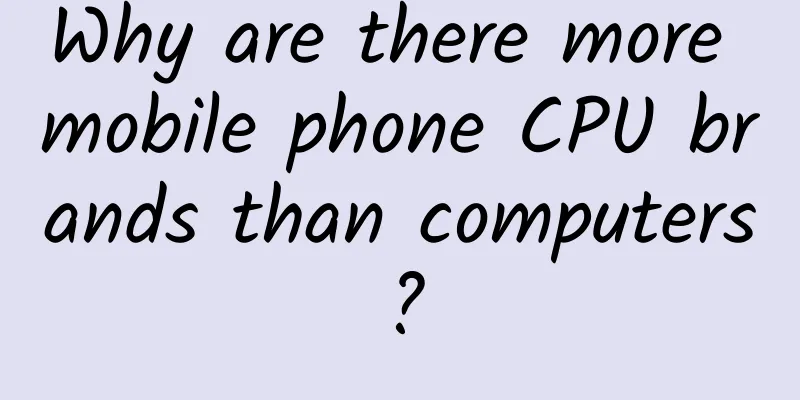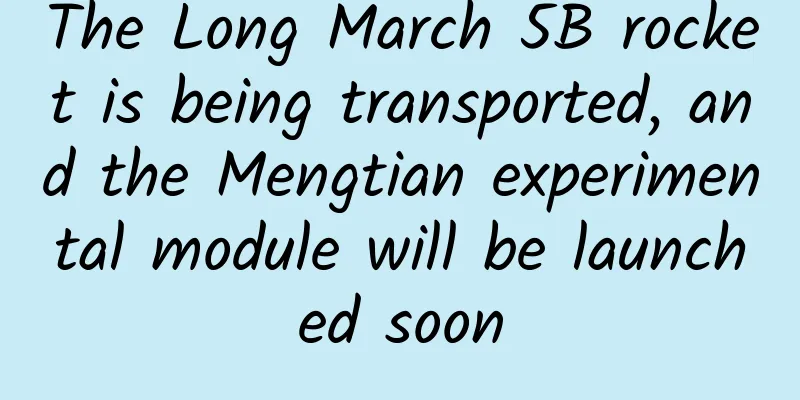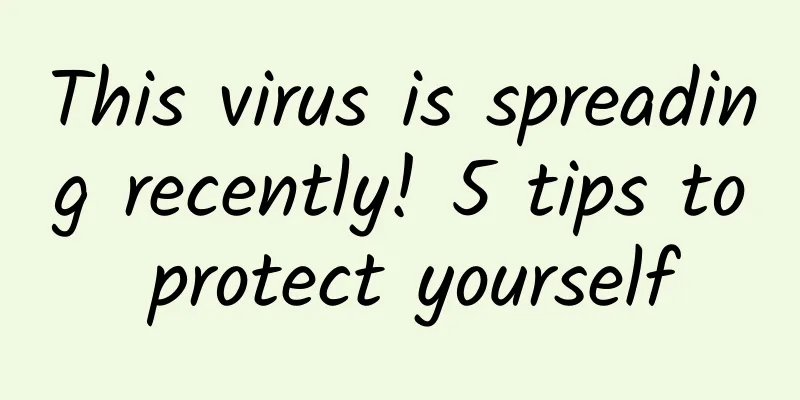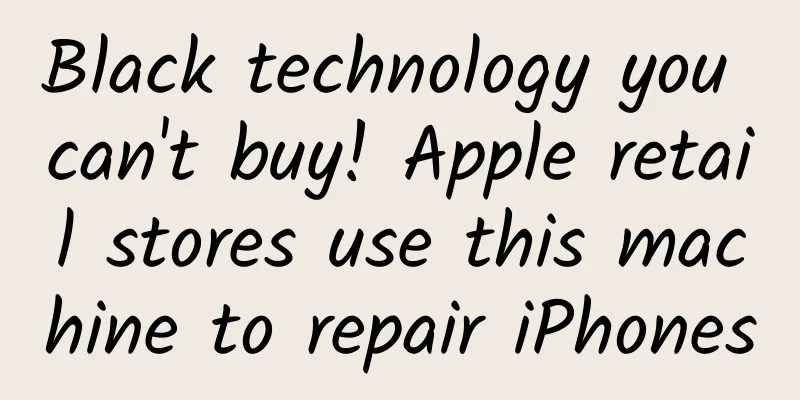5 messages to improve user retention

|
Most articles on how to guide users focus on what happens on the page. Is that enough? Today, we have various ways to guide or even induce users to convert and improve conversion rates , but the most easily overlooked thing is what users will think of your product within 30 days after registration. If users don’t gain value after using your product features, no matter how sophisticated the interactive interface is, it will be useless. A successful getting started guide cannot be delivered through just one page, but needs to show the product value to users. Delivering messages is a great way to ensure that users continue to get value from your product. It helps you show your users:
The form of a message can convey this information to users better than any product guide. The following five types of messaging will teach you how to get new users to fully utilize your product. 1. Welcome Message Welcome messages are more likely to be opened, viewed, and responded to by users than any other message. Opportunities are rare and you should make good use of your information to leave a good first impression. l Give a warm welcome. Just like you wouldn't say "To so-and-so" when greeting someone on the street, it's better to use their nickname or first name when addressing them. · Introduce yourself. We need to let new users know that there are real people behind the product serving them, so introduce yourself to them. Set a good tone for your product. When communicating with users, it’s not just about what you say, but how you say it. Whether the tone of the conversation is friendly will directly affect whether the user will choose to open your message and read it. · Call to action. What is the first thing you want users to know when they use your product? Instead of guessing, send your users a call to action email, such as inviting them to register for a conference, update their profile, etc. 2. Follow up messages When your new user registers an account and receives a welcome message, but you don’t receive any bad feedback from him at the same time, this is not necessarily a good thing. You cannot make assumptions at this time. Maybe some users think your product is easy to use and very helpful to them, but there will always be some unexpected situations among newly registered users that you don’t understand. Through simple communication, we can sort out those issues that new users will not actively raise, but which do hinder them from obtaining the real value of the product. Proactively start a conversation with the user. Maybe they ask, “How do I create a new project?” or “How do I invite members?” A few days after a new user signs up, send a follow-up message telling your users that they can always contact you if they need help. 3. Retrieve the message It is likely that most registered users will only use the product once, especially if it is free. Because even if some people are slightly interested after reading the introduction, it does not mean they will use it. They may have stumbled upon an article mentioning your product and simply wanted to learn more about it. The choice of channel is very important at this time. The recovery message should be pushed out via email, because users who are no longer logged in will not receive messages pushed in the app at all. Sales value. Don’t tell users what to do; inspire them to do it. Remind users what problems your product can solve and how to use a certain feature to solve their problems. lSimplify the operation. Even if there are links on the page that allow users to complete the action, users who are not familiar with your product may not use them. lPositive words. Don't speak to your users in a frivolous tone. For example, "Come back soon, we miss you" may attract repeat customers, but from a long-term product perspective, this does not motivate users well. Set expectations. Often the biggest barriers for users are time and energy. So when a new user doesn’t need to spend a long time to start and run a project, you can tell him “It only takes a minute to create a project.” 4. Educational News User education is not about getting users to complete a number of tasks, but about how to make users achieve success by using your product. Just because a new user completes the setup process in the admin panel doesn’t mean they understand the value of your product. At some point in the first 30 days, you should tell your users what they should do to help them, rather than waiting until they run into problems and have to stop doing something. For example, if you send more than twenty conversations, you can introduce them to the best practices of 'how to have conversations with users'. Often the ultimate goal of these users is to have better customer service, and this type of information can further help them succeed. This is almost certainly helpful when triggering rules based on behavior, in the example above a rule would need to be added (send a conversation more than 20 times) 5. Promote the message Opportunities abound to send nudges when users have no evidence of engaging with your product. You should observe the usage trajectory of a new user, not whether he has used all of your products. What you need to focus on is whether your product helps users and makes their work more efficient. For example: A user creates an account on your website but does not complete the app integration. If your product can truly help users, you should let them know. Provide them with relevant information about the feature (as they create their app) to show them how to make the most of it. Continuously deliver value to users The above information does not need to be pushed to users overnight. This series of getting started guides can convert newly registered free users into paying users , or keep your paying users paying for your product. Completing the above will allow you to follow your users’ growth path and help them solve the problems they may encounter. Of course, creating a series of push notifications isn’t as easy as crafting a completely generic product brochure, but it shouldn’t be easy if it provides long-term value to you and your users. Mobile application product promotion service: APP promotion service Qinggua Media advertising This article was compiled and published by the author @DaoVoice and published by Qinggua Media. Please indicate the author information and source when reprinting! Site Map |
<<: Shaoshan SEO training: sharing of website analysis and diagnosis solutions
>>: Pulandian SEO training: How can a newly developed website gain the trust of Baidu?
Recommend
The boulder is from an alien planet? It's you who are from outer space!
Author: Ji Yang The article comes from the Scienc...
Why are air tickets sold at such low prices? Where are the air tickets sold at the cheapest prices?
A third-party ticketing software found that one-w...
The sun just erupted an X-class flare. What impact will it have on the earth?
X-flares are the most powerful solar flares. The ...
Qualcomm Snapdragon can run Win10. What does Microsoft want to do?
The yellow bell is broken and discarded, while the...
Activity operation and promotion: application of recommendation algorithm model
We have talked about so many recommendation algor...
How to turn users who hate your product into the most loyal ones
During my short 5-year operation career, I spent ...
Great Wall Motor's net profit fell sharply by 75.6% in the first half of the year, and the new energy transformation encountered great difficulties
In the first half of 2023, Great Wall Motor's...
Audi announces the "death date" of the internal combustion engine: all models will be electrified within 15-20 years
Recently, foreign media revealed that Audi is act...
In the era of content e-commerce, what are the techniques for improving conversion rates?
Yippin’s online [Pin Shuo] column did a discussio...
Can you let yourself go after the test turns negative? Experts urgently remind →
What does it mean to recover from COVID-19? Can y...
Coca-Cola's new slogan: How to kill the self-discipline villain
Some time ago, Coca-Cola changed its new slogan: ...
How to activate new users?
New user activation is the first step for users t...
Comic Scroll丨Maizi's Journey
I am an ear of wheat, growing in the Central Plai...
Talk about how to make money using Zhihu traffic
How to make money using Zhihu? This is a topic th...
Ten reasons why How-Old became popular
The How-Old website developed by Microsoft has re...









